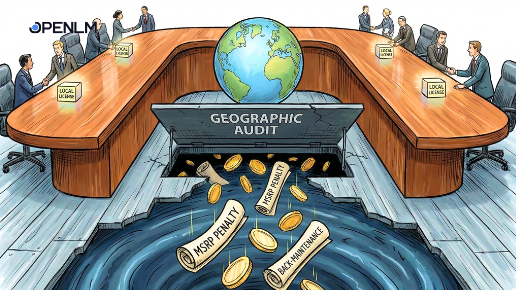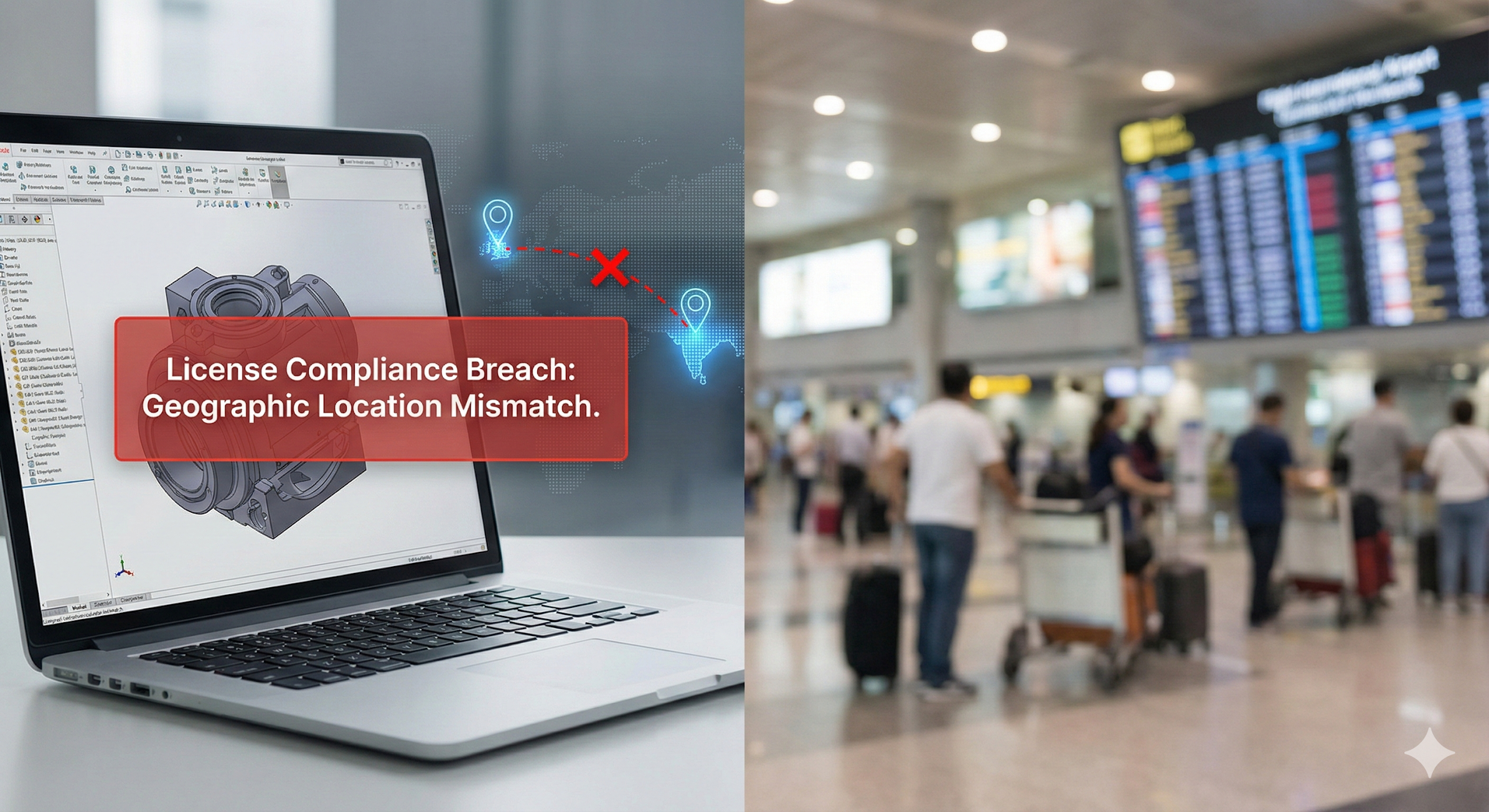Named and Node-Locked Licenses (Fixed)
Traditional software licensing was simple; a license was obtained for each user, and there was a fixed license charge, which could be discounted if there was a large user base. This license model is still available today, but it is not very efficient, because only one person has access to the software, and it lies idle when they are not using it. In recognition of the limited utilization, these licenses are cheaper than multi-use licenses. They can be tied to a specific user or a specific workstation.
“Hard” Licenses
This license is still popular among engineering vendors. The license is managed via a USB key or dongle. Access to the software is via the device. This does allow sharing, because plugging the key into one’s laptop allows access, and the vendors are keen to point out that offline access is available via this method. However, lose or damage the key at your peril; you will have to purchase another license. Some vendors recommend that you get insurance equivalent to the license value to mitigate this risk. Vendors who use this form of licensing tend to supply very specialized engineering software that only a few users at a company will need, and it can be the best option where the work is done at remote sites with no online or internet access.
Concurrent Licensing
Large customers who required hundreds of fixed software licenses or a site license pushed vendors to come up with a more flexible, multi-user option, and this has come to be known as concurrent licensing, floating licensing or network licensing. Concurrent licensing offers the customer the best option when it comes to licensing efficiency. The license caters for a maximum number of concurrent users at any one time. In a concurrent environment, if all the licenses are booked out, the next user to try and “pull” a license from the licensing “pool” will be denied access until a license is freed. This license model requires skilful management to balance between the number of licenses purchased and the maximum number of users at peak times. The concurrent license costs more than the named or single-user license, but a good administrator can achieve a 3:1 ratio or better on users to licenses.
Vendors have been trying to discontinue concurrent licensing with very mixed results. Esri had to backtrack on their initiative when their ArcGIS user community pushed back (A very good reason to join user groups). Autodesk are also having less than spectacular results with token licenses.
“Pay-as-you-Go” or Token Licenses
This is a new addition to the batch of software license types. While the concept of paying as you use a product initially makes some sense, it has not been well received by customers. In comparison to the floating license model, rather than limiting concurrent usage, the user organization is free to use the software without limits, instead spending tokens for each use. Autodesk has recently introduced this model, and the benefit is that all Autodesk products are available under this software license type. Unfortunately they have made it complex and difficult to understand by pricing usage differently depending on the software chosen; for instance Revit MEP uses more tokens than AutoCAD. There is also a time-of-day factor that can result in relatively high charges. One of the main hurdles users need to overcome with this model is effective forecasting and budgeting . Forecasting is difficult enough with concurrent and fixed licenses, so how many tokens are needed for next year is very difficult to estimate.
For more on the Autodesk model and how it works, please refer to this blog post on the subject.
How do Vendors Track License Usage?
Knowing how and when licenses are being used requires vendors to provide license control software, although some vendors do not even provide this feature. This has created a software niche of companies who provide license tracking applications, of which the most widely used is Flexera. The license control software is loaded on to a special license server or server cluster and it performs asset tracking and license access from there. While the software does assist the license administrator to some extent by providing a vehicle to grant access rights, its primary purpose is to restrict access according to license package purchased and to collect software usage data on behalf of the vendor.
The administration of licenses is made more complex because there are different license control applications used by the vendors, each with their own rules and reporting, although most of them use FLEXlm from Flexera. To give you an idea of the challenge; here are some vendors and the license control software they use.
- Autodesk Flexera Flexlm
- Bentley Own product
- Dassault Dassault’s own manager for products such as CATIA
- Deltacad Reprise License Manager
- InterGraph Intergraph SPLM
The license administrator is faced with the challenge of managing each vendor’s toolsets individually, with no overarching view of his license landscape.
How Can YOU Manage YOUR Licenses?
In an engineering environment, there are far too many software applications (with or without vendor-supplied license management software) to manage effectively and produce reporting that will satisfy the CIO and CFO. Fortunately, there is another niche of license management software that monitors and even manages licenses from the customer’s viewpoint. This software is written expressly to help the license administrator get the best out of his portfolio. OpenLM is one of the companies that has focused on the varied and complex engineering software market, and has solutions tailored to make any license administrator’s life easier by offering:-
- the ability to gauge license utilization and efficiency with a common application that provides one form of user interface and reporting across products and vendors.
- Tracking of utilization per second on a large range of the most commonly used engineering software products, such as AutoCAD and ArcGIS and per minute on others.
- Managing access in addition to that of the vendor’s license manager
- The ability to “harvest” unused licenses for some software products, and release them back into the pool.
- Comprehensive reporting that can be used to audit the vendor’s asset tracking and license control report
- Extensions that allow the administrator to perform analytics on the license data, set time of day restrictions, notify users when a license becomes available and other useful activities.
You can evaluate OpenLM for 30-days without commitment. All the extensions – add-ons that provide enhanced functionality – are included in the evaluation.
After a short time, you will see the true value of visibility over your floating licenses. You will see that OpenLM is more than a useful application; it is value for money and brings you a quick return on your investment.
See more. Sign up for a live webinar





